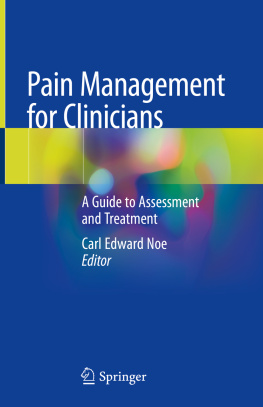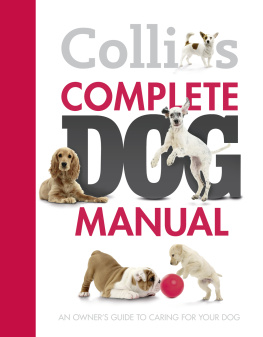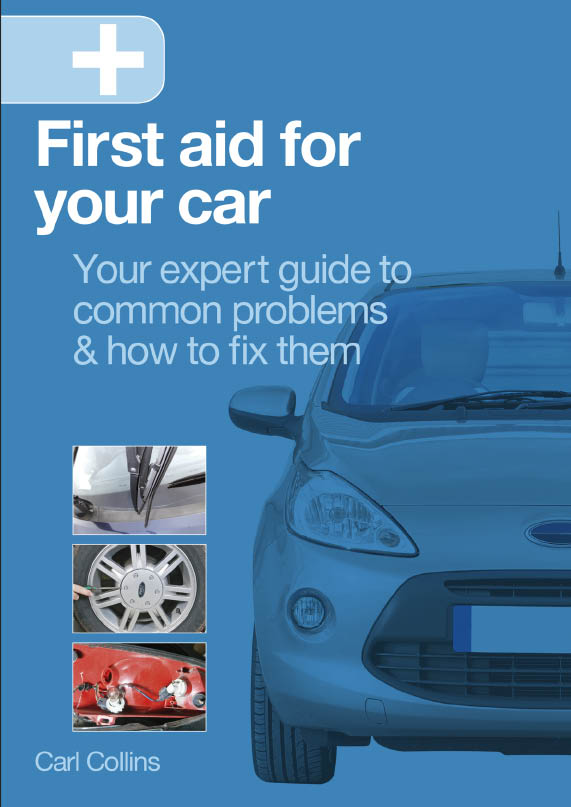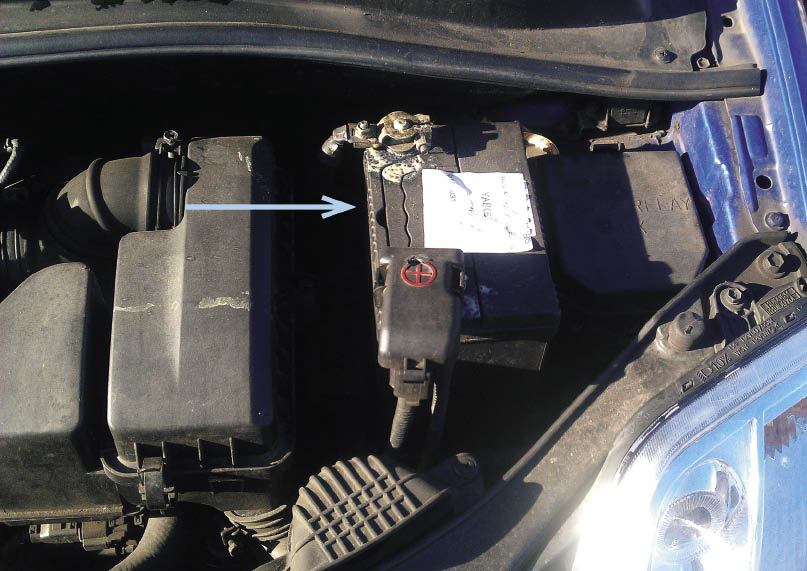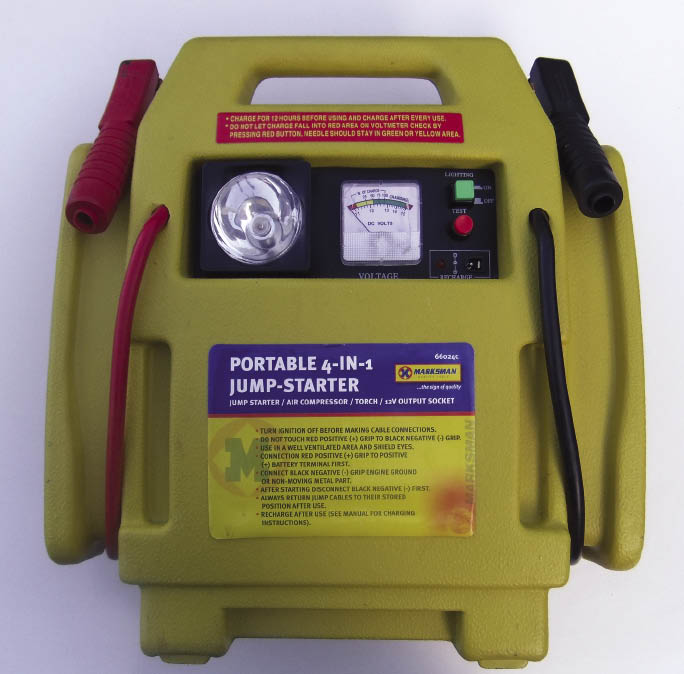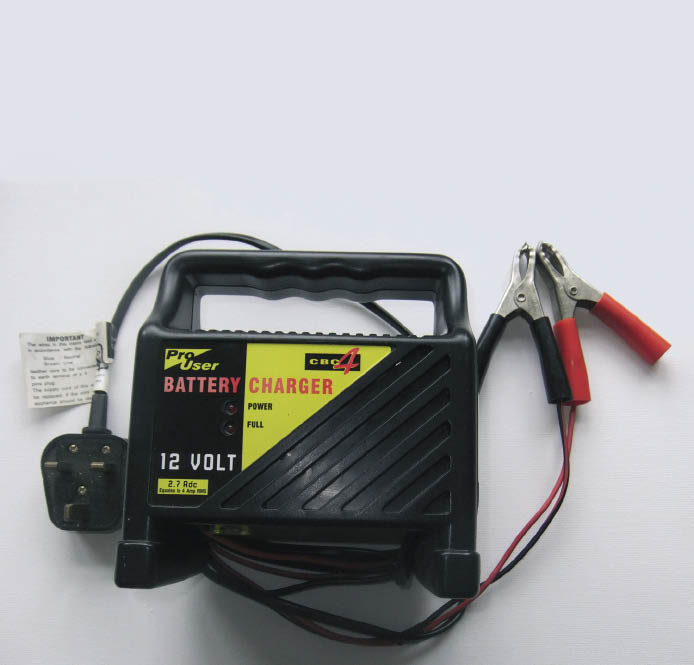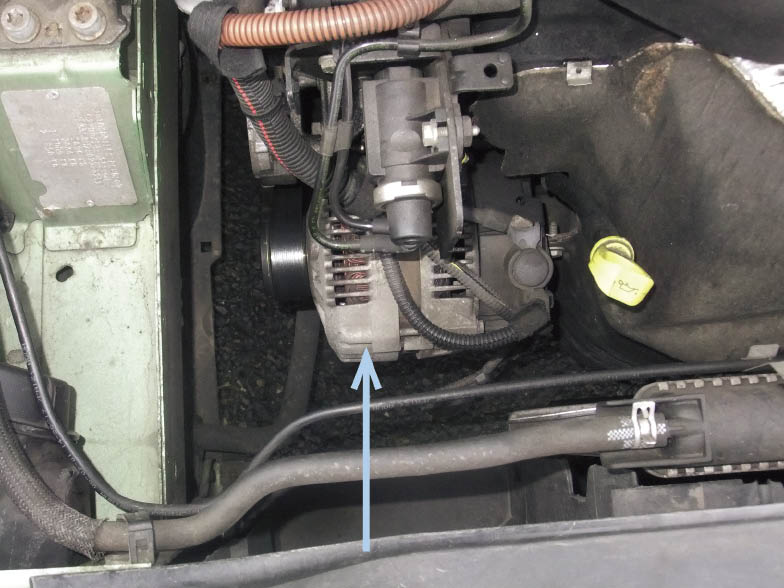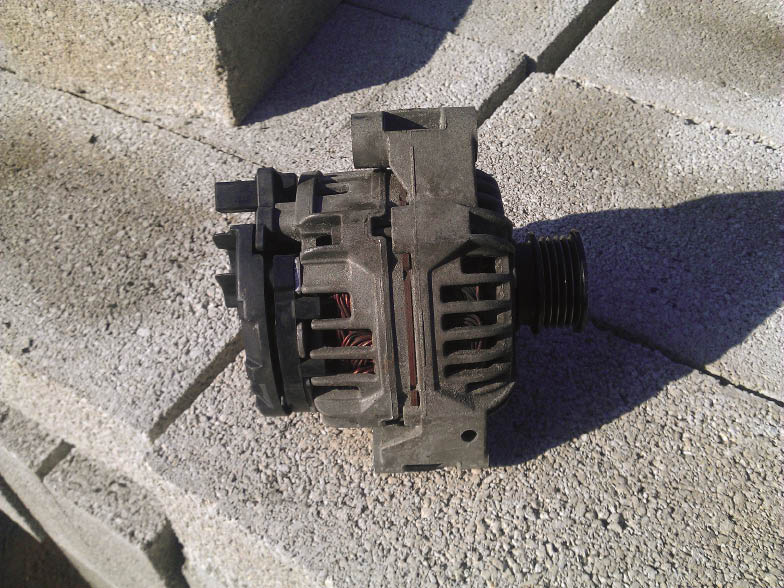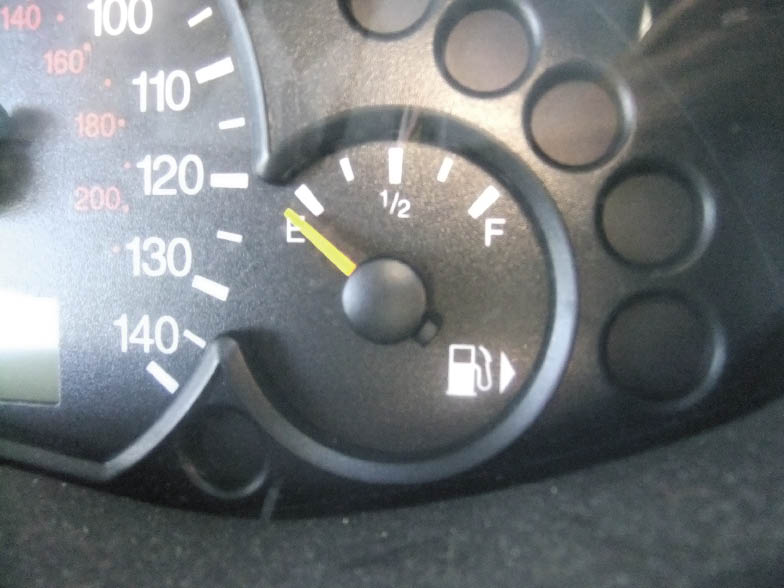First aid for your car
Your expert guide to common problems & how to fix them
Carl Collins
First printed in paperback format in June 2013.
First published in ebook format September 2013 by Veloce Publishing Limited, Veloce House, Parkway Farm Business Park, Middle Farm Way, Poundbury, Dorchester, Dorset, DT1 3AR, England Fax 01305 250479 e-mail .
Ebook edition ISBN: 978-1-845846-60-2
Paperback edition ISBN: 978-1-845845-19-3
Carl Collins and Veloce Publishing 2013. All rights reserved. With the exception of quoting brief passages for the purpose of review, no part of this publication may be recorded, reproduced or transmitted by any means, including photocopying, without the written permission of Veloce Publishing Ltd. Throughout this book logos, model names and designations, etc, have been used for the purposes of identification, illustration and decoration. Such names are the property of the trademark holder as this is not an official publication.
Readers with ideas for automotive books, or books on other transport or related hobby subjects, are invited to write to the editorial director of Veloce Publishing at the above address.
All Ebook design and programming by Veloce Publishing Ltd on Apple Mac.
digital.veloce.co.uk
Veloce Publishing Ltd
Contents
Introduction
What do you do if your car has a water leak or if you discover oil on the ground beneath it? What if a warning light comes on? What could be the cause? Can I drive it? Do I need a breakdown service or a mechanic? How can I get it to a garage safely?
Our cars are essential to us, and its hard to imagine being without them. If you drive one, then this is the book for you even if you have minimal mechanical knowledge. You can avoid serious repair bills by learning exactly what to do when something goes wrong; doing the wrong thing could cost you a lot of money and be a real inconvenience. You can find out whether the car is safe to drive, and what action you need to take to complete a crucial journey or get your car to a garage.
Covering the most common problems that occur on modern vehicles, such as brake faults, oil and water leaks, starting issues, unusual noises/smells, and dashboard warning lights, this book is one of the most valuable items you can have in your car.
About the author & important information
About the author
For many years the author has been providing technical content for his automotive help website carbasics.co.uk .
His engineering background, experience as a trainer, and passion for all things automotive have led to a skill for writing highly detailed yet easy-to-follow car DIY articles. Since 2006, carbasics.co.uk has helped thousands of car owners save money and keep their cars safe on the road. The success of his website and writing style have resulted in him being asked to write a number of automotive books.
Important information
If anything contained in this book contradicts what is written in the vehicle manufacturers handbook, the advice in the official handbook should always take priority. The guidance in this book is general, so, whilst your car and its individual components may look a little different from the featured project cars and their components, the actions described will still be performed in essentially the same manner. All bolts, nuts and screws are turned anti-clockwise to undo, unless stated otherwise in the handbook. Always use the correct size tools (spanners, sockets, screwdrivers, etc) or you risk damaging parts of the car and increase the risk of injuring yourself.
one
Starting problems
1.1 Starter turns engine slowly but engine wont start
When turning the key to start the engine, the engine turns over slowly but wont start.
This indicates that the battery does not have enough charge. If you have access to a battery booster pack, or you can get someone to help jump-start the car, you should be able to get it started that way.
The car battery, the most common cause of car starting problems.
This problem can be caused by a number of things:
A fault with the alternator, meaning that the battery is not getting recharged whilst you are driving.
A faulty battery that is not holding its charge.
A battery that is losing charge overnight, because something is drawing electricity from it.
A typical battery booster can help to start a car with low battery level.
Use a battery charger to recharge a flat battery. (Courtesy CarBasics.co.uk)
These are the most common reasons a battery lacks charge, and the problem will need to be looked into further to pinpoint the exact cause. You will need to get the car looked at by an auto-electrician to see which part needs replacing. If you have access to a voltmeter, connect it to the battery terminals and check the voltage output from the alternator. If the voltmeter reads around 13.8v or more, the alternator is good and will not need changing.
A faulty alternator can be the cause of a flat battery.
A typical alternator removed from car: its being changed for a new unit.
Less common faults that can give the same symptoms are a bad earth connection between engine and body, partially seized engine or seized clutch, amongst others.
Before buying a new battery, get the old one tested by a garage or car parts shop. They will have specialist equipment to test the battery fully, as its performance cannot be properly tested by using just a voltmeter. If both alternator and battery are in good condition, then something may be draining the battery when the car is not being used. You will need to take the car to an auto-electrician for diagnosis of the problem.
1.2 Starter turns engine strongly but engine wont start
This indicates that there is no fuel getting to the engine when you turn the key. You would get the same problem if you ran out of fuel, or if there was a fault with the ignition system, ie no spark at the sparkplugs to ignite the fuel (petrol engines). Diesel engines do not have sparkplugs, so for them you can rule this out and assume that non-starting is due to a fuelling issue.
The first thing to do is check that you have sufficient fuel. Check the fuel gauge on the dashboard, and think about when you last filled up. If you have run out of fuel, refer to , Running out of fuel.
Engine turns but wont fire, indicating a fuelling fault. Check for sufficient fuel.








